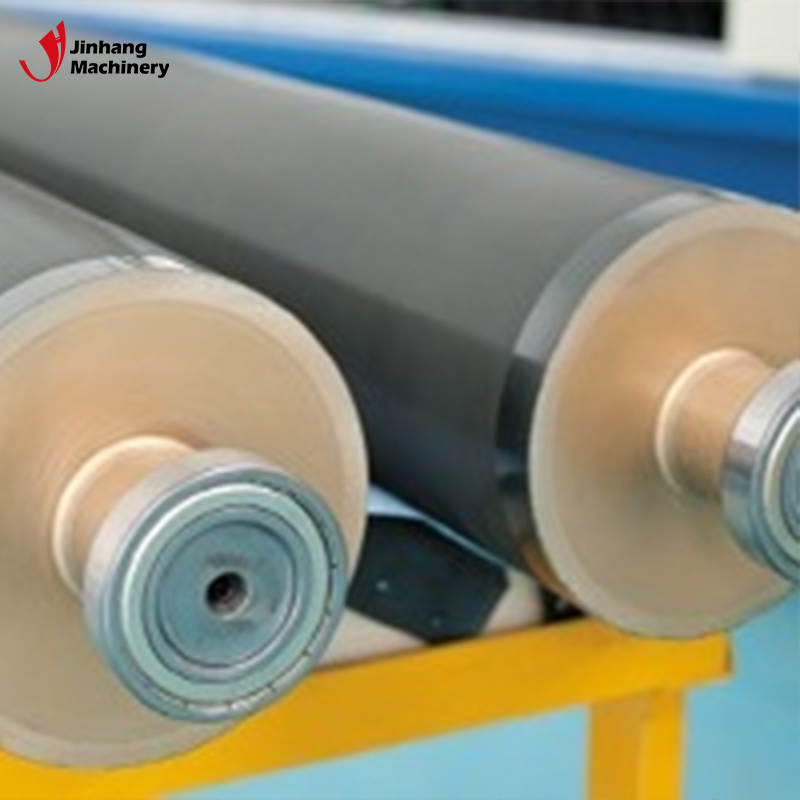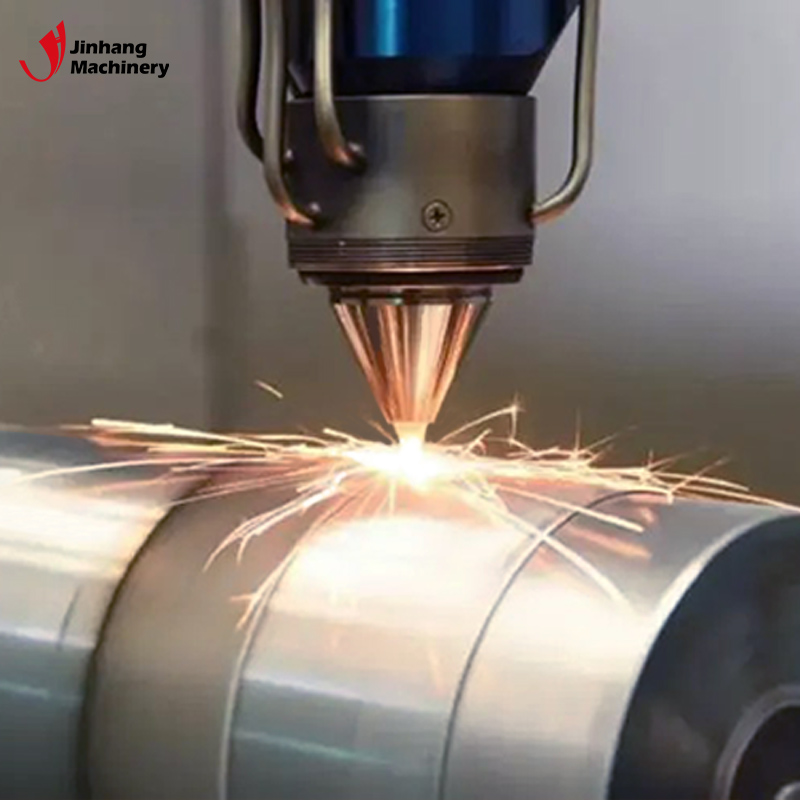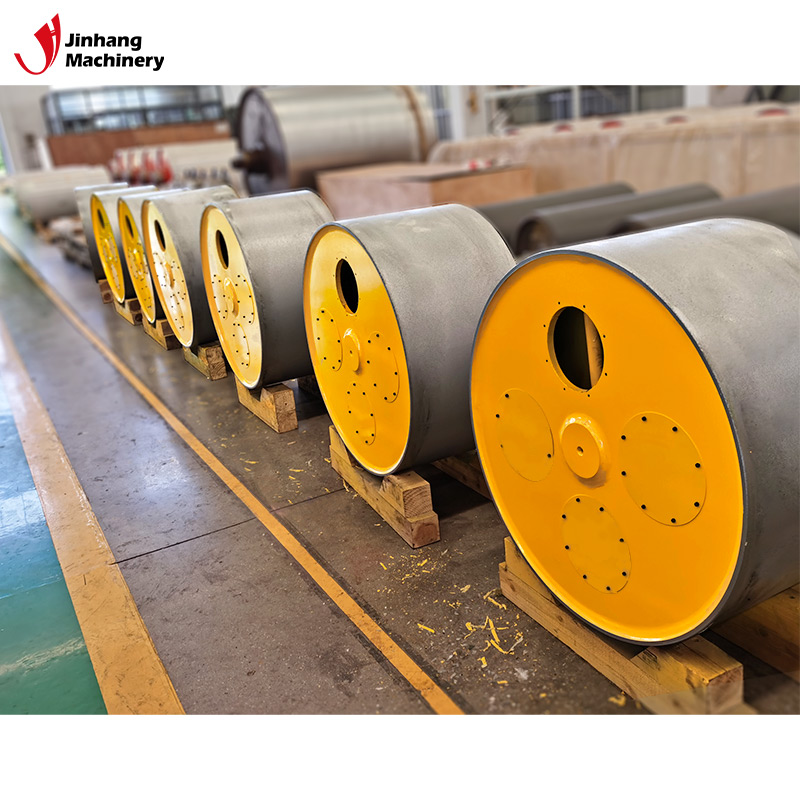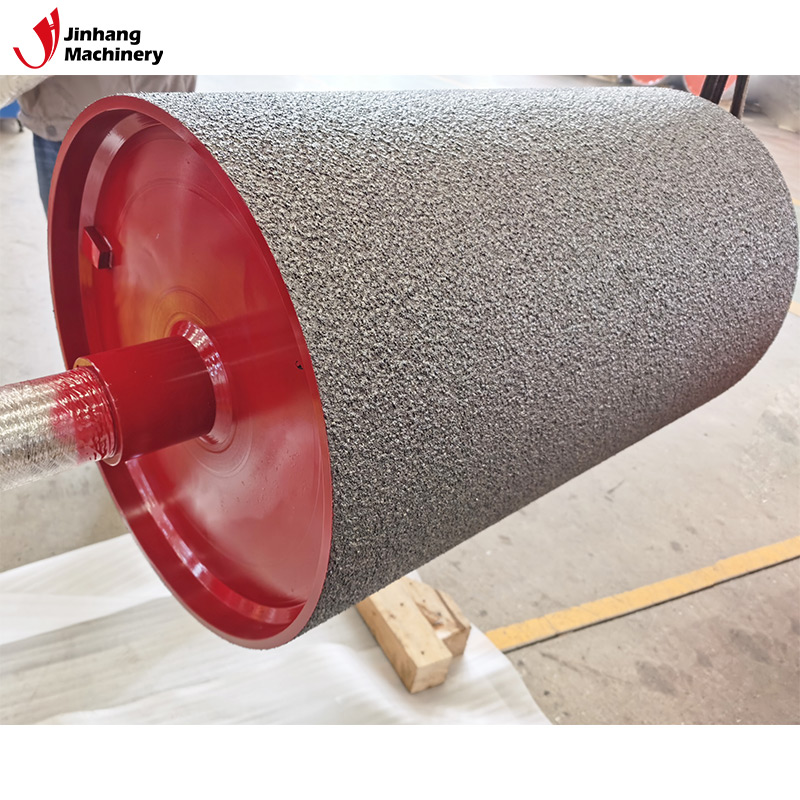What is the volume range of ceramic anilox roller?
In many fields such as industrial printing, coating, packaging, etc., ceramic anilox roller is an indispensable core component. Its main function is to accurately control the amount of ink transferred during the printing process to ensure the consistency of printing quality. The performance of ceramic anilox roller directly affects the final quality of the product, so its specifications, especially the volume range, become an important consideration for users in selection and application.
This news will explore the volume range of ceramic anilox roller in detail, analyze how its volume affects the working performance, and further introduce how to choose the right ceramic anilox roll to meet the needs of different industrial applications.

What is a ceramic anilox roller?
Ceramic anilox roller is a roller with a ceramic material coated on the surface and laser engraved to form a uniform mesh structure. It is mainly used to control the transfer amount of printing ink, coating or other liquids. The excellent wear resistance of the ceramic coating enables it to maintain long-term stable performance in demanding printing applications, greatly extending its service life.
How ceramic anilox roller works
During the printing and coating process, the mesh on the surface of the ceramic anilox roller is used to store and evenly distribute ink or paint. The depth and shape of the mesh affect the amount of ink transferred, and the ceramic material ensures that the mesh remains consistent over a long period of time and is not easily invalidated by wear. This precise control makes the ceramic anilox roller a key component for high-quality printing.
Material and processing technology of ceramic anilox roller
The roller core of the ceramic anilox roller is usually made of steel, and the surface is coated with a layer of chromium oxide or aluminum oxide ceramic with an appropriate thickness. Ceramic materials have extremely high hardness and corrosion resistance and can withstand high-intensity working environments. Through the laser engraving process, a precise mesh structure can be formed on the ceramic surface. These meshes determine the storage and distribution performance of the ink or paint.

What is the volume and size of the ceramic anilox roller?
The volume range of the ceramic anilox roller is usually determined by multiple parameters such as its length, diameter and mesh depth. In different industrial applications, the size and volume requirements of the ceramic anilox roller vary, and the size of the volume directly affects its working performance.
Range of length and diameter
The length and diameter of anilox rollers vary depending on the specific application. Generally, the diameter of common industrial ceramic anilox rollers ranges from 50 mm to 300 mm, while the length is usually between 100 mm and 3000 mm. This wide range allows ceramic anilox rollers to adapt to a variety of needs, from small precision printing to large wide-format coating.
Specifically:
● Small anilox rollers: diameter less than 100 mm, length less than 300 mm, usually used for small printing equipment or precision coating equipment, such as label printing or film coating.
● Medium ceramic anilox rollers: diameter between 100 mm and 200 mm, length between 500 mm and 1500 mm, mostly used for conventional flexographic printing or gravure printing equipment.
● Large ceramic anilox roller: with a diameter greater than 200 mm and a length greater than 1500 mm, it is suitable for industries that require large-area coating, such as large-scale packaging printing, wide-format coating or steel plate coating.
Relationship between mesh depth and volume
In addition to length and diameter, mesh depth is also an important factor in determining the volume of ceramic anilox roller. Mesh depth directly affects the ink capacity of the anilox roller, that is, the amount of ink that can be stored and transferred per unit area. Generally, the greater the mesh depth, the higher the ink capacity per unit area, which is suitable for processes that require thick coatings.
● Shallow mesh ceramic anilox roll: with a mesh depth between 10 and 20 microns, it is suitable for printing processes that require fine and uniform coatings, such as fine text printing or precision coating.
● Deep mesh ceramic anilox roller: with a mesh depth between 50 and 100 microns, it is suitable for processes that require large ink transfer, such as wide-format packaging printing, wallpaper printing, etc.
Volume calculation method
The volume of ceramic anilox roller can usually be calculated by the following formula:
V=π×(D/2)²×L
Where V is the volume, DDD is the diameter of the roller, and LLL is the length of the roller.
For example, assuming that the diameter of a ceramic anilox roller is 200 mm and the length is 1000 mm, its volume can be calculated as: 31.416 liters
V=3.1416×(200/2)²×1000=31,416,000 cubic millimeters=31.416 liters
It can be seen that the volume of ceramic anilox roller varies greatly depending on its length and diameter, which also makes it flexible in different industrial applications.

Does the volume of ceramic anilox roller affect performance?
The volume of ceramic anilox roller not only affects its physical performance in actual operation, but also has a direct impact on its working performance. Here are a few key aspects of ceramic anilox roller performance that relate to volume.
Volume vs. Ink Capacity
Larger-volume ceramic anilox rollers typically have a higher ink storage and transfer capacity and are suitable for processes that require large amounts of ink or coating. For example, in packaging printing or wallpaper printing, a larger-volume anilox roller can transfer more ink at a time, ensuring uniform coating and reducing the need for repetitive operations.
However, for fine printing processes, such as high-resolution label printing or high-precision electronic component coating, a smaller-volume anilox roller may be more suitable. They are able to better control the amount of ink and ensure the accuracy of printing or coating.
Volume vs. Durability
Larger-volume ceramic anilox rollers are typically more durable. A larger-volume roller means a thicker ceramic coating that can withstand more wear and impact. Therefore, in high-intensity industrial applications, a larger-volume ceramic anilox roller has a longer service life.
In contrast, a smaller-volume anilox roller, while performing well in the short term, may be more susceptible to wear and damage in long-term, high-frequency use. Therefore, when choosing a ceramic anilox roll, it is necessary to make a reasonable choice based on the working environment and workload.
Volume and equipment adaptability
Different equipment has different requirements for the volume of anilox roller. In some high-precision small printing equipment, an oversized anilox roller may not be able to adapt to the installation space and operation requirements of the equipment. On large production lines, a small-volume anilox roller may not meet the needs of efficient production. Therefore, when choosing a ceramic anilox roller, the actual size of the equipment and production requirements must be considered.

How to choose the right volume of ceramic anilox roller?
According to the above analysis, choosing the right volume of ceramic anilox roller depends on multiple factors, including specific application requirements, equipment size, and working environment. The following are several key points to consider when choosing the volume of ceramic anilox roller:
Application scenarios
Different application scenarios have different volume requirements for ceramic anilox rollers. For high-precision printing or coating, choosing a smaller volume anilox roller helps control the amount of ink transferred. In large-area coating or wide-format printing, a larger anilox roller can improve production efficiency and reduce the number of roller changes.
Equipment requirements
The installation space and operation requirements of the equipment are also important factors in determining the volume of the anilox roller. Usually, equipment manufacturers will provide recommendations for the specifications of the adapted anilox roller, and users should try to follow these recommendations when selecting to ensure the smooth installation and efficient operation of the anilox roller.
Workload
In high-intensity, high-wear industrial environments, large-volume ceramic anilox rollers have longer service life and better durability. In light-load working environments, small-volume anilox rollers may be more economical and practical. Therefore, users should choose the appropriate anilox roller volume according to the specific workload.
Precision Rolls at Affordable Prices – JH Machinery
JH Machinery is committed to providing you with the highest-quality rolls at competitive prices. Our extensive product line includes rubber rolls, cooling rolls, and tungsten carbide-coated rolls, all designed to meet the specific requirements of your industry. As a top-tier manufacturer in China, we offer bulk purchasing options, customized designs, and unbeatable discounts. Let us be your supplier of choice for high-performance rolls. Get a quote today and find out how we can meet your needs at a low cost!
